Pilot Decision Making: Approach and Landing
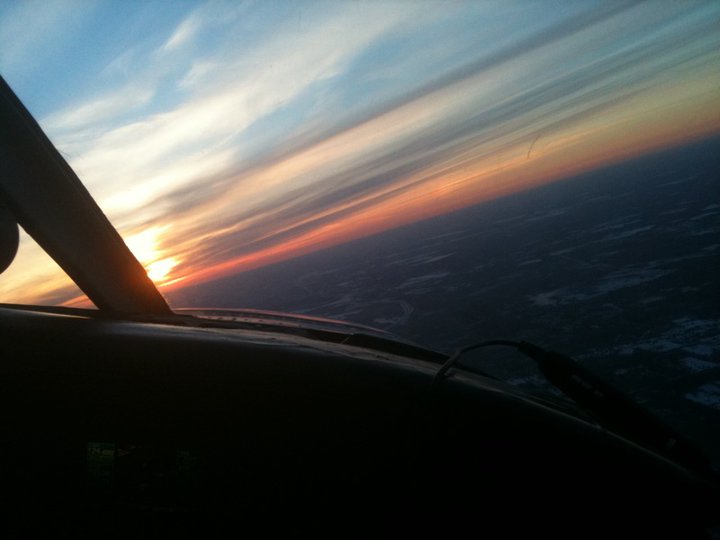
After recent events, I have had many questions about what pilots are thinking about when they approach and land at an airport. So, below I have summarized the decision making process.
Planning
Before you even board your flight, there is a team of people looking at many factors at the destination. Factors include actual and forecasted wind, visibility, cloud ceiling, runway conditions, navigational aids, aircraft limitations, airport limitations, approach limitations, crew limitations, available services and much more. There are so many things that have to be thought through, so the company and crew are ready when the aircraft arrives at the destination. Also, in Canada, unless the destination has really good weather forecasted and more than one runway, there must be a legal alternate airport that has adequate weather conditions forecasted (depending on type and number of approaches). An aircraft will always have enough fuel to fly to the destination, and then to the alternate plus additional fuel for holding (45 minutes for propeller aircraft, 30 minutes for jet aircraft). This adds another layer of safety but also more complexity. When bad weather is affecting a large geographical location, it may be hard to find a close alternate. Many airlines bring enough fuel to go back to the departure airports, as this may be better for passengers than an airport in the middle of nowhere.
Enroute
Once the aircraft is in the air, the planning doesn’t stop. Dispatchers will continue to monitor the weather and other variables at the destination and alternate airport for changes. This information, if possible and necessary, will be relayed to the pilots. Closer to the destination the pilots will begin to look at specific actual weather conditions as they plan their approach. A basic rule of thumb is to choose a runway that is into wind, and has an appropriate approach procedure for the current conditions. Pilots may choose to use a runway and approach that has a crosswind or slight tailwind if the approach type is necessary for the conditions. Regardless, all the variables such as wind speed and direction, type of approach, aircraft weight and runway conditions are used to calculate whether it is safe to approach and land.
Approach
By the time the aircraft is within 50 miles of the airport pilots should have a pretty good plan of action. They would have looked at the conditions, programmed and briefed the approach and calculated the amount of runway required to stop the aircraft. In some situation the weather conditions will be “at limits” or “below limits”. Limits can be established by law, aircraft limitation, crew limitations or company limitations. In most situations these limits will allow or not allow pilots to approach a runway. In some other situations these limits are not a go or don’t go limit, but a realistic chance that the runway will be seen. Remember, the approach brings the aircraft towards the runway, the pilots still have to see the runway and land the plane. Some approaches are less accurate and therefore don’t bring aircraft as close and low to runways as more accurate approaches. Pilots may legally be allows to try the approach, but in some situations the chances of seeing the runway are less. Remember also, the less accurate the approach the less close to the ground the approach will bring the aircraft, as a level of safety. These approaches are NOT unsafe, rather, they are designed for certain levels of weather. As a side note, the type of approaches at airports are determined based on the amount of traffic, the average weather conditions, and the type of equipment most aircraft are equipped with. The most accurate type of approach is called an ILS (instrument landing system). ILS systems normally bring aircraft down to about 200 feet, or lower, above the ground. Most commercial aircraft are capable of ILS approaches, and are ideal for airports with frequent low ceilings and visibility. However, ILS are also the most expensive types of approaches to install and maintain. So only runways that need them most will have them installed. GPS approaches are excellent alternatives to ILS. They are relatively cheap to establish, and some can bring aircraft as low as 250 feet above the ground. This issue with GPS approaches is not all aircraft have the appropriate equipment. Aircraft without GPS equipment may have to use less accurate approach types that do not bring aircraft as low to the ground. These approaches are NOT unsafe, rather there is a lesser chance of seeing the runway in low weather situations.
Landing
Landing is the process of visually manoeuvring the aircraft from the approach to the runway. Visually means the pilots MUST see the runway. If the aircraft reaches the lowest altitude approved for an approach, and the pilots cannot see the runway, the pilots must execute a go-around. A go-around is basically the process of stopping the approach and climbing away from the ground. Frequent flyers may have been in a go-around as they are used not only for when the runway is not in sights, but for any other reason the pilot or air traffic control feel it is not safe to continue the approach. So, if you have ever landed in really poor visibility and though, “OMG, the pilots landed in zero visibility, they are amazing” it is safe to say they pilots would have still seen the runway at a safe altitude and visually landed the aircraft.
Conclusion
There has been some recent speculation in the media and general public about whether certain airlines and certain airports do not have enough equipment to safely land aircraft. This is far from accurate. The only effect of not having enough equipment to safely land would be not seeing the runway and diverting to an alternate airport. Ironically, this is when some members of the travelling public judge the performance of their chosen airline.
Yes, sometimes you may be inconvenienced for airline commercial reasons (another topic of conversation), but most of the time airlines do their best to get you to your destination safely. I am proud to say that as a pilot in a team environment we have on many occasions chosen to air on the side of safety and put our customers, the bread and butter of our business, in inconvenient situation. We, pilots, cabin crew and customer service representatives, get scowled at, yelled at, and blamed for ruining plans. We also get thanked, appreciated and respected from travellers that understand how we want to get the job done, but done right.
Be careful what the media will spin about air travel. Understand that we, pilots, have family and love ones we want to go home to see, but we are professionals, who put our personal desires aside to do the job. Mistakes happen, systems fail, processes break down. Air travel remains the safest way to travel, and there are thousands of professional men and women working to keep it that way.
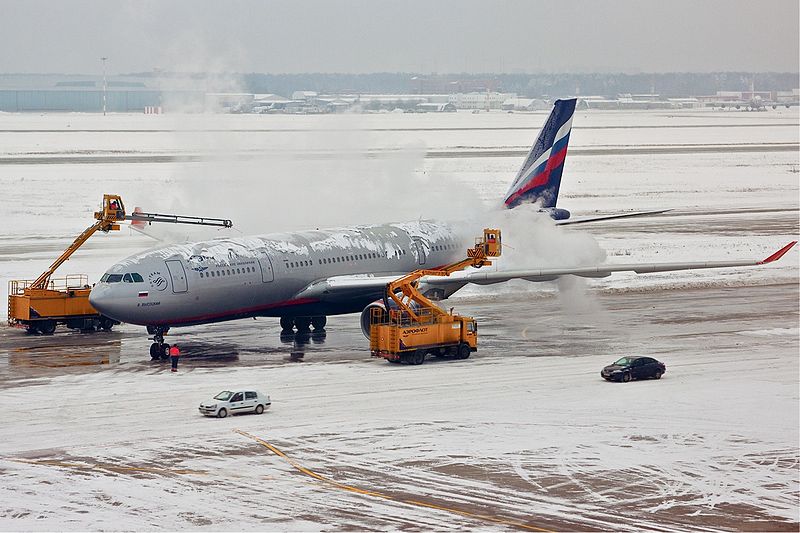
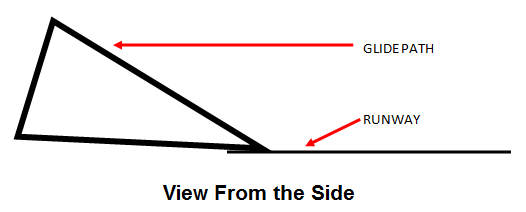
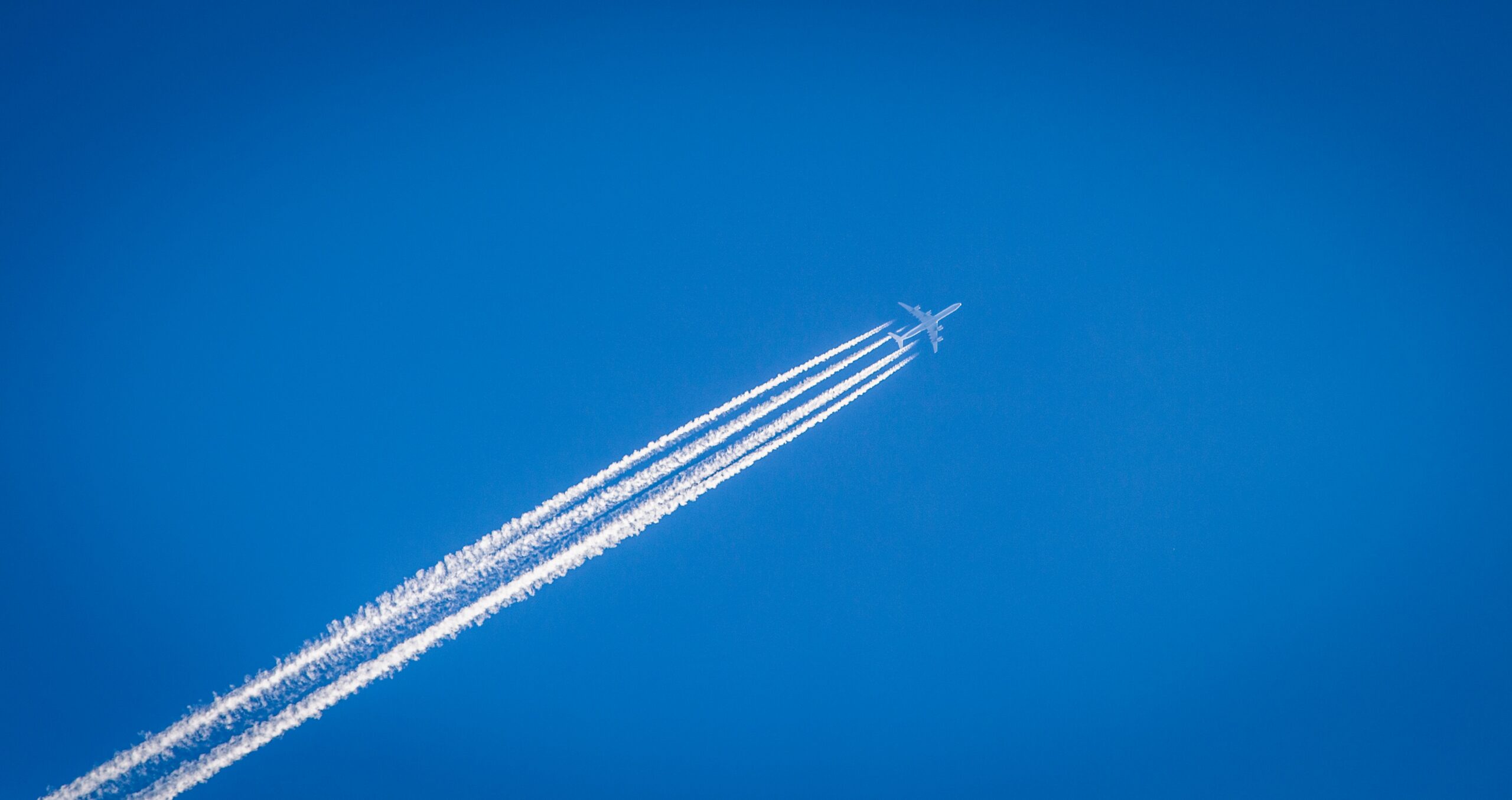

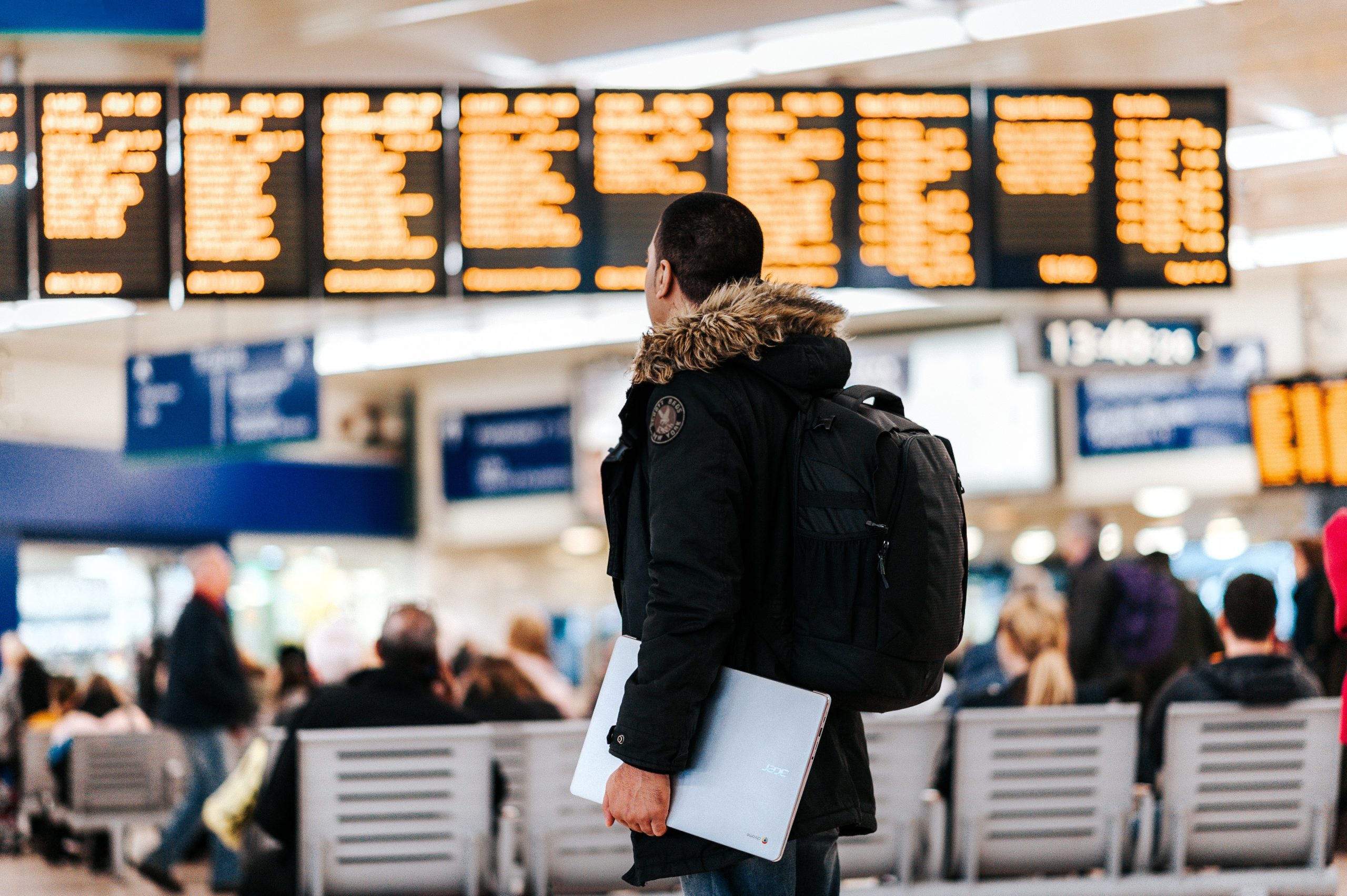
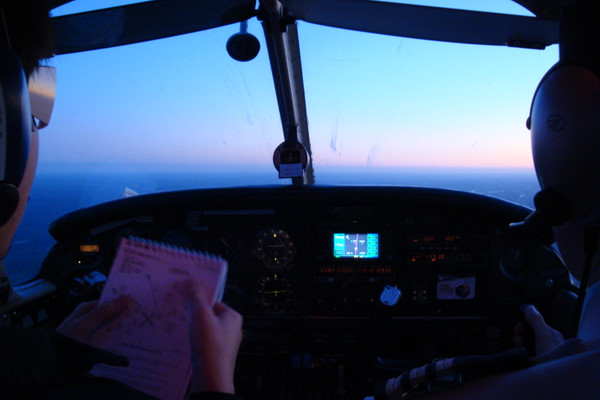
Thanks for sharing that Tom. Nice to hear that perspective. I’m sharing this.
Thanks Blaine.